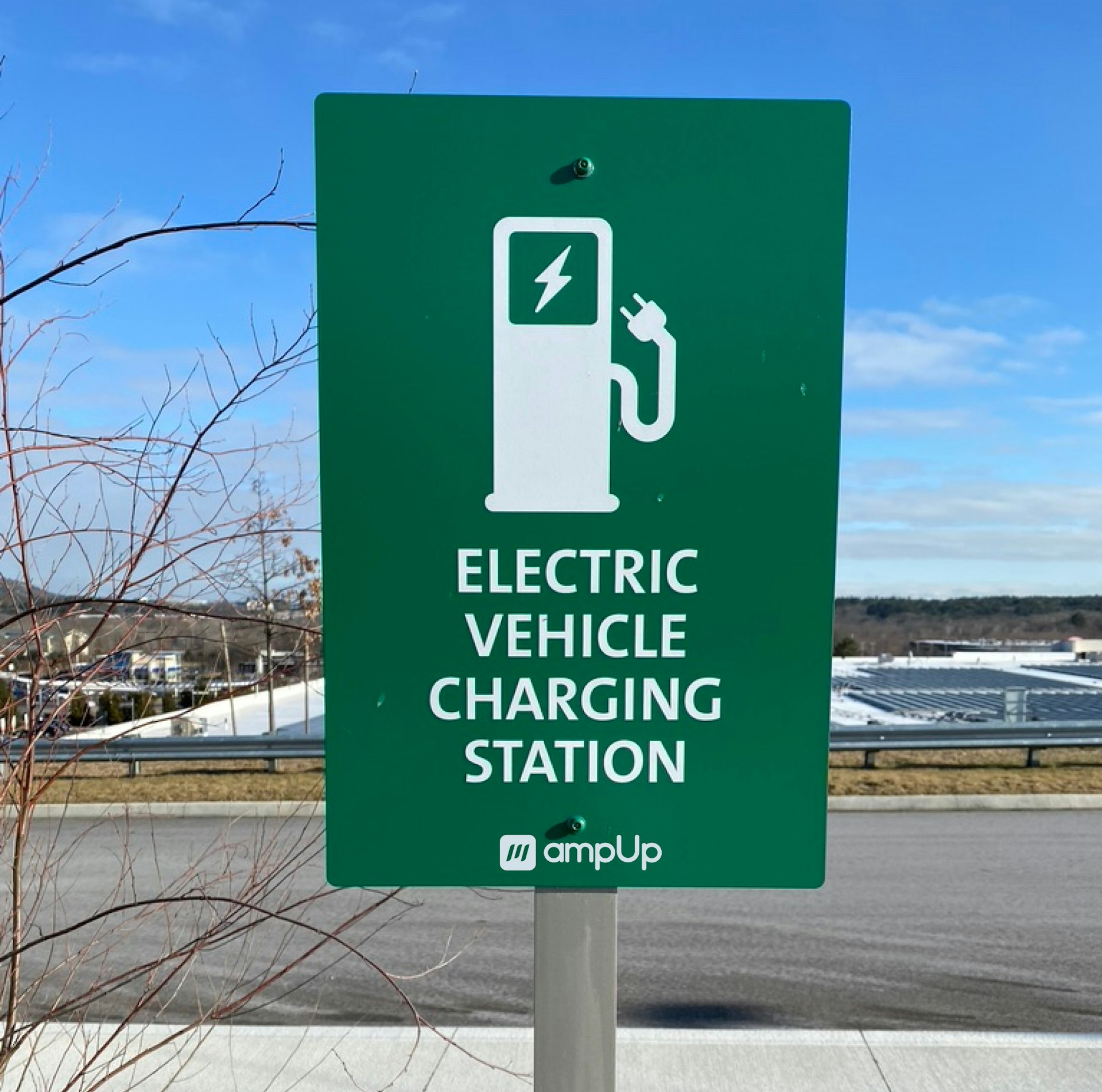Driving Change: E-Commerce’s Transformational Impact on Automotive Logistics

Photo by Nigel Tadyanehondo on Unsplash
Introduction: E-Commerce’s Rise and Automotive Logistics
The explosive growth of e-commerce has fundamentally changed the landscape for automotive logistics. As online shopping and direct-to-consumer models become mainstream, logistics providers, automotive manufacturers, and retailers are rapidly adapting to new delivery expectations, supply chain complexities, and technology-driven processes. This article provides an in-depth analysis of the impact of e-commerce on automotive logistics, offering step-by-step guidance for businesses seeking to thrive in this evolving sector.
E-Commerce Demand and Its Ripple Effect on Automotive Logistics
Global e-commerce sales are projected to reach $6.3 trillion by 2024, dramatically increasing the volume, speed, and complexity of logistics operations required to support online automotive sales and parts distribution [5] . In 1980, goods movement was roughly 100 million metric tons worldwide, but by 2021, this figure soared to 1.95 billion metric tons, illustrating how e-commerce has led to a near 20-fold increase in transportation and warehousing demands [5] .
Key changes include:
- Shift from bulk freight to individualized parcel delivery for automotive parts and accessories [2] .
- Accelerated delivery timelines, with customers now expecting next-day or even same-day delivery of vehicles and parts [5] .
- Expansion of last-mile delivery, requiring smaller, more agile vehicles and logistics providers to serve urban and suburban customers [1] .
Last-Mile Delivery and Distribution Strategies
Last-mile delivery has emerged as a critical challenge and opportunity in automotive logistics. Unlike traditional bulk shipments to dealerships or wholesalers, e-commerce demands flexible, fast, and reliable delivery directly to consumers’ homes or workplaces [2] .
Implementation Steps:
- Automotive companies are investing in smaller fleets and partnering with specialized last-mile carriers to improve coverage and responsiveness.
- Warehousing strategies now emphasize proximity to major metropolitan areas, enabling rapid dispatch and minimizing delivery times.
- Businesses may benefit from consulting regional logistics providers or searching for “last-mile automotive delivery services” to identify local options.
Example: Major manufacturers such as Tesla and Ford have developed direct-to-consumer sales models, leveraging regional warehouses and local carriers for fast vehicle and part delivery. This approach reduces reliance on traditional dealerships, streamlines distribution, and meets customers’ evolving expectations [3] .
Technological Transformation: Real-Time Visibility and Data Analytics
E-commerce has driven widespread adoption of advanced technologies in automotive logistics. Real-time order transparency is now essential, giving both customers and internal stakeholders full visibility into the status of orders, shipments, and inventory [3] .
Technologies Driving Change:

Photo by Acton Crawford on Unsplash
- GPS tracking and route optimization software for delivery vehicles [1] .
- Integrated order management systems that connect manufacturers, shippers, and customers in real time.
- Data analytics for precise forecasting of demand, inventory needs, and distribution planning [3] .
Practical Steps: Automotive businesses seeking to implement real-time order visibility should contact supply chain technology vendors or search for “automotive logistics software” to compare solutions. Consider reaching out to established providers for product demos and integration support.
Example: Companies like DHL offer logistics technology solutions that enable automotive brands to track shipments, optimize routes, and enhance customer experience [4] .
Forecasting, Scalability, and Inventory Management
The unpredictability of e-commerce demand has made accurate forecasting and scalable inventory management essential for automotive logistics. With diverse products-ranging from electric vehicles to spare parts-companies must balance production lead times with real-time consumer demand [3] .
Step-by-Step Guidance:
- Adopt cloud-based forecasting tools to analyze historical and real-time sales data.
- Implement dynamic warehousing, allowing inventory levels to adjust based on changing demand patterns.
- Regularly review product mix and distribution channels to avoid excess inventory or missed sales opportunities.
- Businesses can consult supply chain consultants or search “automotive inventory management solutions” for tailored advice.
Alternative Approaches: Some automotive companies are building their own e-commerce platforms to sell directly to consumers, bypassing third-party retailers and gaining greater control over inventory and customer data [3] . For guidance, consider researching “direct-to-consumer automotive platforms” or contacting technology vendors specializing in e-commerce integrations.
Challenges and Solutions in Automotive E-Commerce Logistics
Despite its advantages, e-commerce introduces several challenges to automotive logistics, including rising consumer expectations, regulatory changes, and sustainability concerns [2] .
Common Challenges:
- Maintaining delivery speed and reliability during peak demand (e.g., holiday shopping surges).
- Navigating new regulations related to gig economy delivery drivers and vehicle emissions.
- Addressing environmental concerns with greener fleet options and optimized delivery routes [1] .
Solutions and Alternatives:
- Invest in electric or hybrid delivery vehicles to reduce carbon footprint.
- Leverage automation for warehouse operations, order picking, and last-mile delivery.
- Stay informed about regulatory updates by following official transportation agencies or industry associations.
- For sustainability strategies, search “green logistics for automotive e-commerce” or consult environmental compliance specialists.
Accessing E-Commerce Automotive Logistics Services and Opportunities
Automotive businesses and logistics providers seeking to capitalize on e-commerce opportunities have several pathways:
- Contact established logistics companies specializing in automotive distribution, such as DHL or regional providers, for service consultations [4] .
- Search for “automotive e-commerce logistics” to find industry directories, technology vendors, and consulting firms.
- Attend automotive logistics and supply chain conferences to network with solution providers and stay current on trends.
- Consult official trade organizations-such as the Automotive Logistics Association-for best practices and regulatory guidance.
For direct support, businesses may reach out to logistics technology vendors, request product demonstrations, and evaluate integration options tailored to their size and needs. When uncertain about service providers, use qualifying language and prioritize established, well-reviewed companies.
Conclusion: Navigating the Future of Automotive Logistics
The ongoing evolution of e-commerce presents both significant challenges and opportunities for the automotive logistics sector. By embracing technology, adapting distribution models, and focusing on customer experience, automotive businesses can position themselves for success in a rapidly changing market. For more information, consult industry leaders, verified technology providers, or reach out to logistics consultants specializing in the automotive sector.
References
- [1] Centerline Drivers (2024). The impact of eCommerce on trucking and transportation.
- [2] Michelin Business Blog (2023). Online shopping’s impact on the trucking industry.
- [3] Blue Yonder Blog (2024). 7 Ways Consumer Demand Has Impacted the Automotive Supply Chain.
- [4] DHL Delivered (2023). How ecommerce affects the automotive industry.
- [5] Solistica Blog (2024). E-commerce impact on the transformation of logistic transport.
MORE FROM smartsavingsfinder.com













